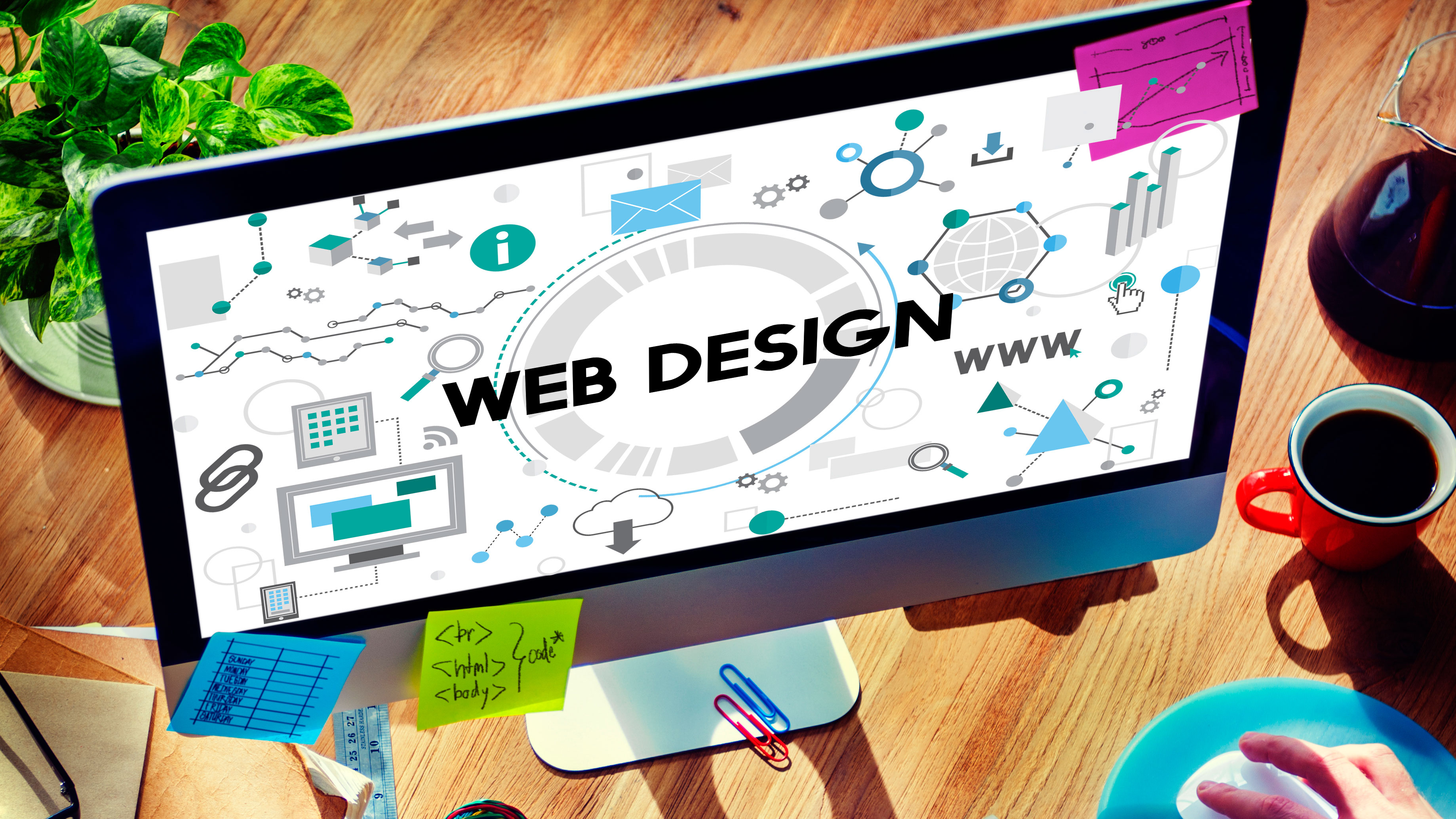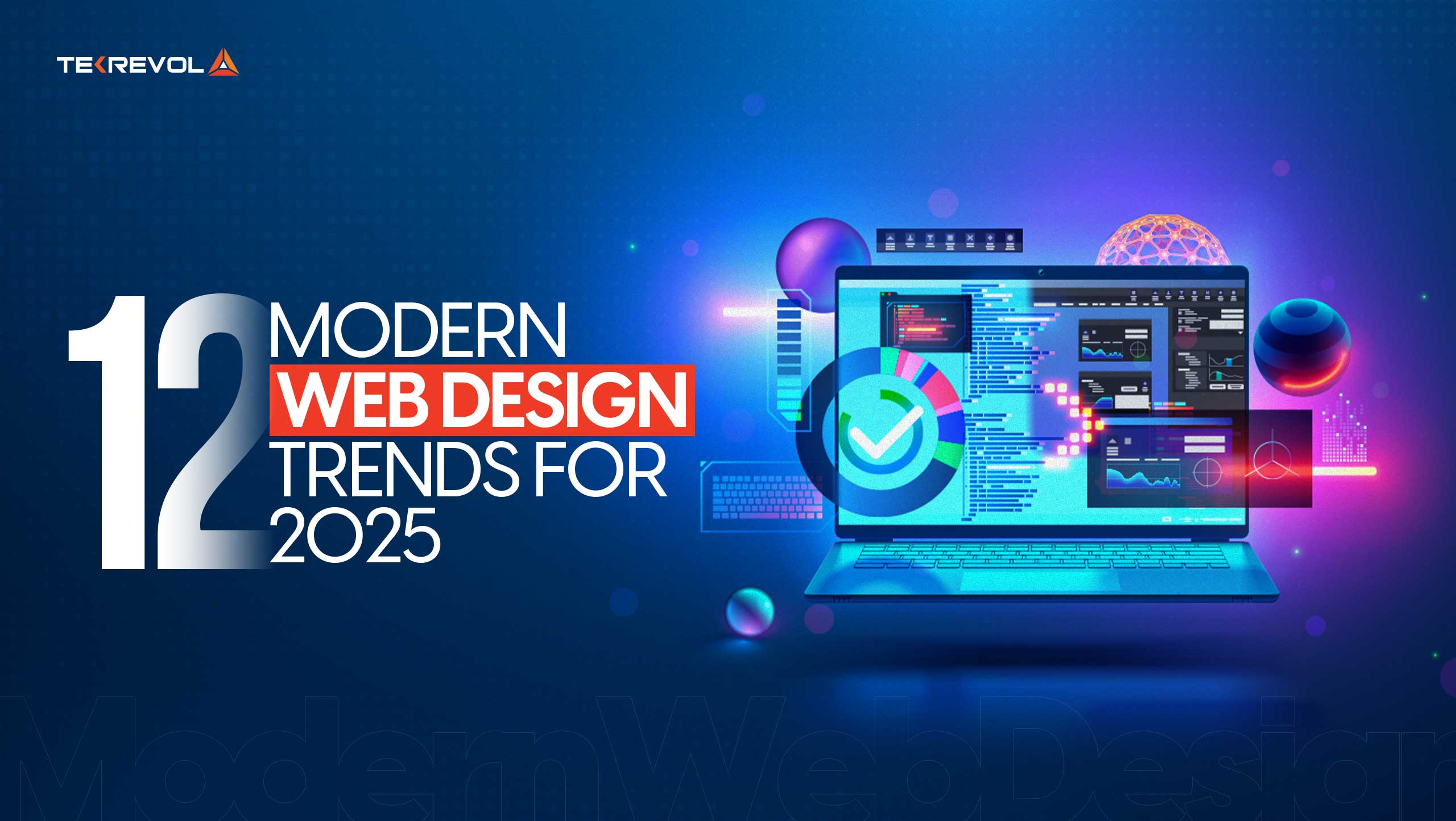The Most Effective Sorts Of Web Design to Improve Customer Experience and Interaction
In the ever-evolving landscape of digital interaction, the performance of Web design significantly influences customer experience and involvement. Different layout methods, such as minimalist, receptive, and interactive layouts, each offer distinct benefits that can provide to diverse individual demands.
Minimalist Website Design
As digital landscapes become increasingly messy, minimalist website design has arised as an effective approach to improving user experience. This design philosophy prioritizes simpleness, focusing on essential elements while eliminating unnecessary disturbances. By using enough white area, simple navigation, and a restricted color combination, minimal style promotes quality and guides individual interest to essential content.
The core principle of minimal website design is to create a smooth interaction for customers. By decreasing cognitive lots, users can quickly comprehend details without feeling bewildered. This straight strategy not just boosts use but likewise motivates interaction, as site visitors are more probable to discover a website that is easy and aesthetically attractive to navigate.
Furthermore, minimalist design usually stresses typography and images, making use of these aspects purposefully to communicate messages successfully. This focus on crucial components can enhance brand name identity and develop a memorable user experience. Essentially, minimalist website design is not just a fad; it is a thoughtful technique that acknowledges the significance of user-centered layout. By stripping away peripheral elements, designers can develop a much more interesting, efficient, and enjoyable Web experience for all customers.
Receptive Web Layout
In today's varied digital environment, responsive Web style has ended up being necessary for creating a seamless user experience across a wide variety of tools. As customers accessibility websites on smartphones, desktops, tablet computers, and laptop computers, the capability of a web site to adapt its design and content to different screen dimensions and resolutions is crucial.
Receptive Web style utilizes versatile grids, images, and CSS media queries to ensure that Web content is provided optimally, no matter the device made use of. This approach not just boosts the visual appeal of a site but additionally dramatically boosts functionality. Users are more probable to engage with a website that provides a consistent experience, as it eliminates the disappointment of having to zoom in or scroll excessively.
In addition, search engines, including Google, focus on mobile-friendly web sites in search positions. By taking on receptive design, businesses can boost their exposure and reach a more comprehensive target market. This technique also streamlines site upkeep, as a single variation of the site can satisfy all gadgets, minimizing the need for several versions. In recap, responsive website design is a fundamental technique that improves user experience, involvement, and general complete satisfaction.
Interactive Web Style
Responsive website design prepares for improving customer experience, but interactive website design takes this an action even more by engaging users in a more vibrant way - Aligned Position Web Design. By including aspects such as animations, clickable prototypes, and real-time comments, interactive website design mesmerizes individuals, drawing them into a richer surfing experience
This strategy not only promotes engagement however likewise encourages individuals to check out content actively as opposed to passively eating it. Methods such as gamification, where individuals gain rewards for finishing jobs, can significantly improve the moment invested in a website and enhance overall complete satisfaction. Furthermore, interactive features can simplify complex info, making it a lot more pleasurable and absorbable.

Incorporating interactive style elements can additionally bring try this website about higher conversion rates, as individuals are extra likely to involve with a site that actively entails them. Aligned Position Web Design. Inevitably, interactive Web style transforms customer experiences into memorable trips, guaranteeing that site visitors return time after time
Apartment Layout
Defined by its minimalistic strategy, level layout highlights simpleness and performance, removing unneeded elements and concentrating on essential attributes. This style ideology focuses on usability, making certain that individuals can browse interfaces effortlessly and efficiency. By employing a tidy visual, flat layout gets rid of the mess often located in more luxuriant styles, consequently boosting customer emphasis on content and performance.
The characteristic of level style depends on its usage of strong shades, straightforward typography, and geometric shapes. These components add to a visually attractive interface that is both approachable and modern-day. In addition, flat style promotes a feeling of quality, permitting individuals to discern necessary activities and info without distraction.
Furthermore, level style is particularly effective in receptive Web design, as its simpleness translates well across different gadgets and screen sizes. By concentrating on crucial functions, level layout not just fulfills customer demands but likewise urges smooth communication, making it an essential component of reliable Web design approaches.
Flexible Web Design
Adaptive website design personalizes the customer experience by producing several fixed formats tailored to different screen dimensions and tools. Unlike responsive layout, which fluidly readjusts a solitary design, flexible design uses distinct designs for specific breakpoints, guaranteeing optimum discussion on different platforms. This strategy enables developers to concentrate on the special attributes of each tool, enhancing use by providing exactly what individuals require based upon their context.
One of the key advantages of flexible Web style is anchor its ability to maximize tons times and performance. By offering customized web content and pictures that fit the user's gadget, internet sites can reduce information usage and boost loading rates. This is specifically advantageous for individuals with slower connections or limited data strategies.

Additionally, flexible design helps with a much more controlled and consistent branding experience. Since designers produce numerous formats, they can make sure that the aesthetic aspects line up with the brand's identification across different systems - Aligned Position Web Design. This leads to a natural individual experience, enhancing interaction and advertising individual retention
Final Thought
Minimal layout cultivates clearness and focus, while receptive layout guarantees flexibility across various gadgets, advertising access. Collectively, these layout approaches contribute to the production of straightforward atmospheres that not only improve complete satisfaction yet also drive higher conversion rates, underscoring their critical significance in modern Web style approaches.

Minimal style promotes clearness and emphasis, while receptive design guarantees versatility across different devices, advertising ease of access. Jointly, these design approaches contribute to the production of user-friendly settings that not only improve contentment but likewise drive greater conversion rates, underscoring their critical significance in modern Web design approaches.